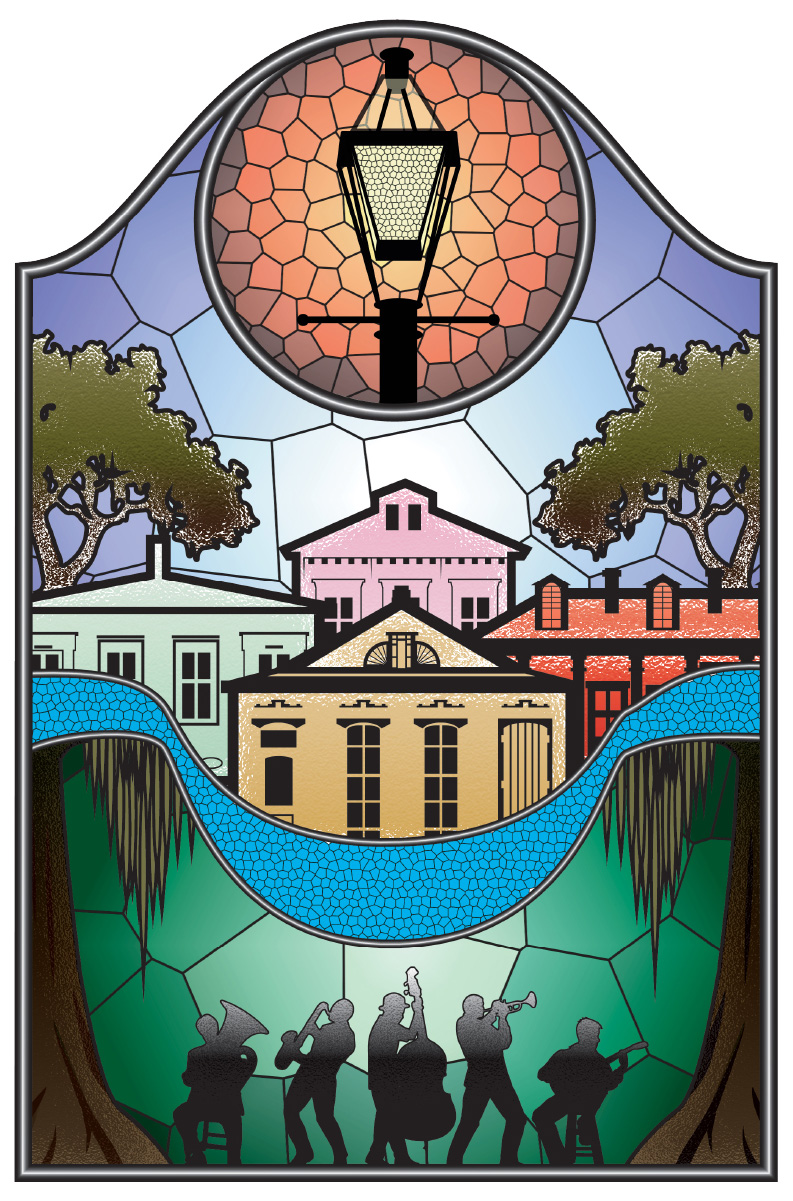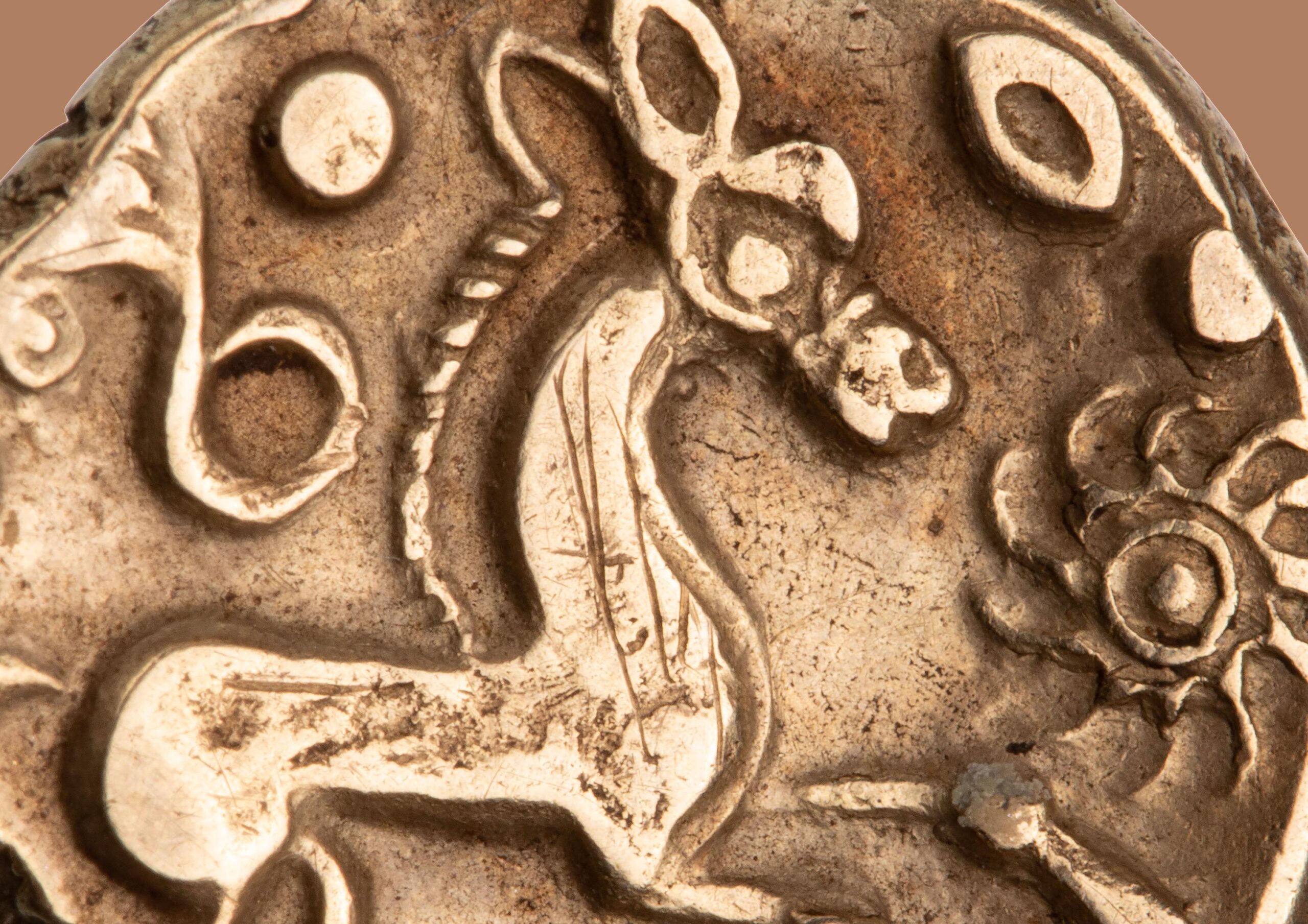Art Medals: Where Obverse and Reverse May Converge
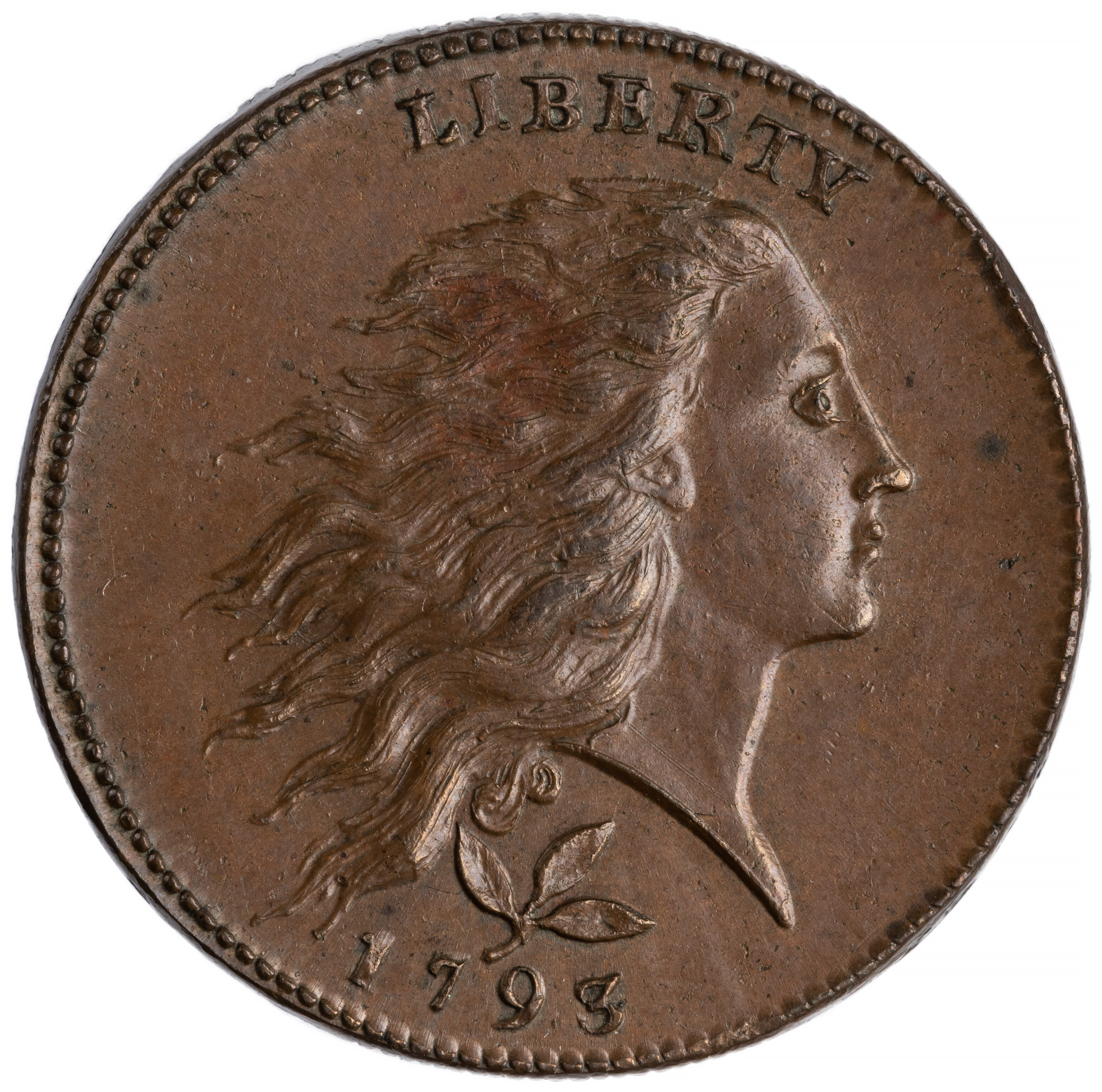
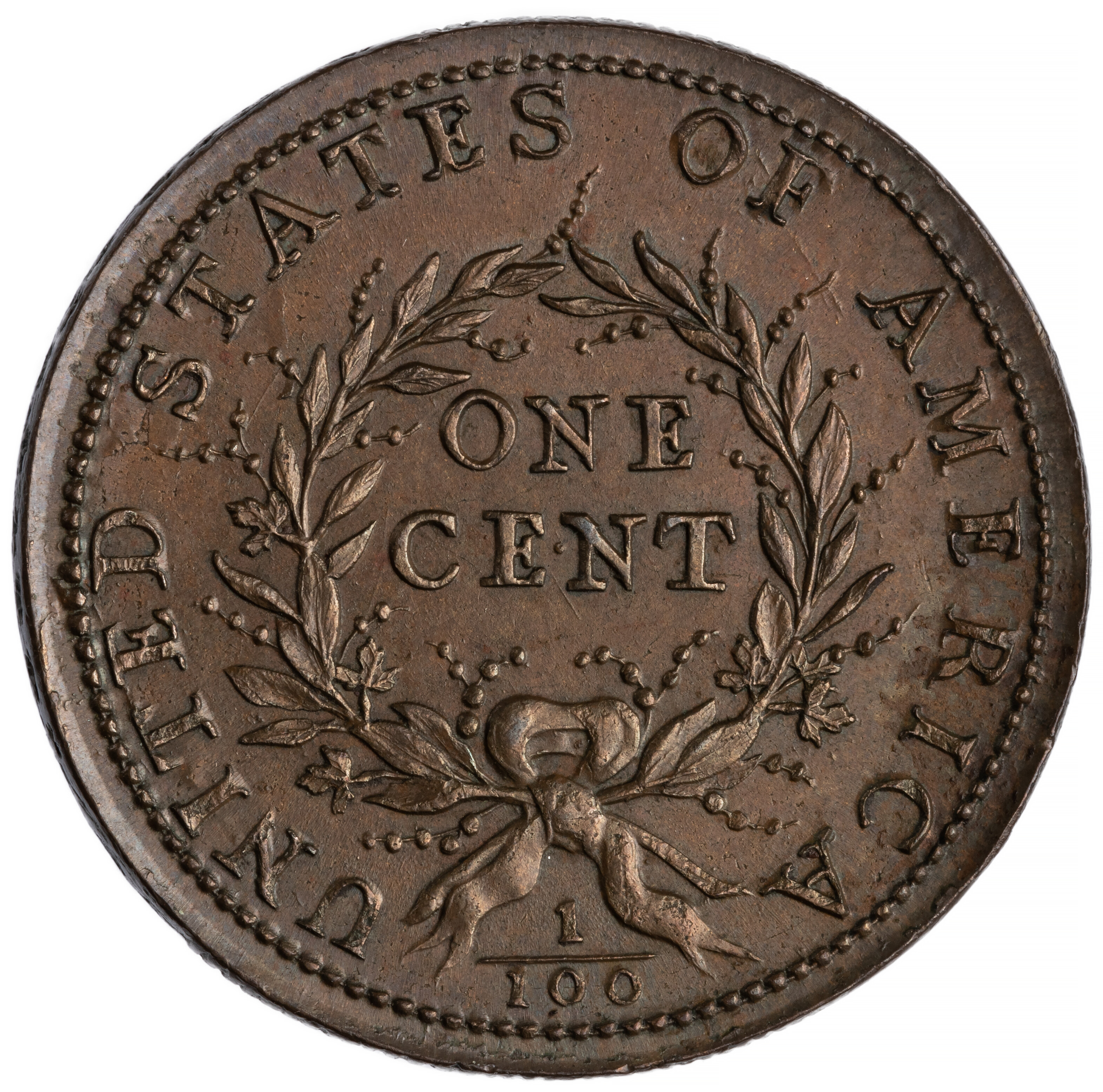
Figure 1. The obverse and reverse of a 1793 large cent are clearly discernable from one another, and follow guidelines set out by the Coinage Act of 1792. ANS 1946.143.15.
For most numismatic objects, the obverse and reverse are easy to recognize. Most of the time, the obverse of a coin carries the main elements of the piece, while the reverse may carry the seal of an issuing authority. The date of a modern coin is often on the obverse, while the denomination is generally on the reverse. If there is a bust of an historic individual, one would expect it to be on the obverse of a coin. Sometimes, these traits are legally defined, such as the Coinage Act of 1792 that declares one side of a coin to have “an impression emblematic of liberty,” the word Liberty, and the date; and an eagle and the words UNITED STATES OF AMERICA on the reverse of gold and silver coins, and the denomination on copper coinage (Fig. 1). Sure, there are instances that defy the norm, but, more often than not, the difference between one side and another of a numismatic object is obvious. Young coin collectors instinctively put Lincoln cents in their blue Whitman folders with the bust facing out, third-party graders encapsulate coins in a seemingly predefined way, and images of coins nearly always show the obverse on the left and the reverse on the right.
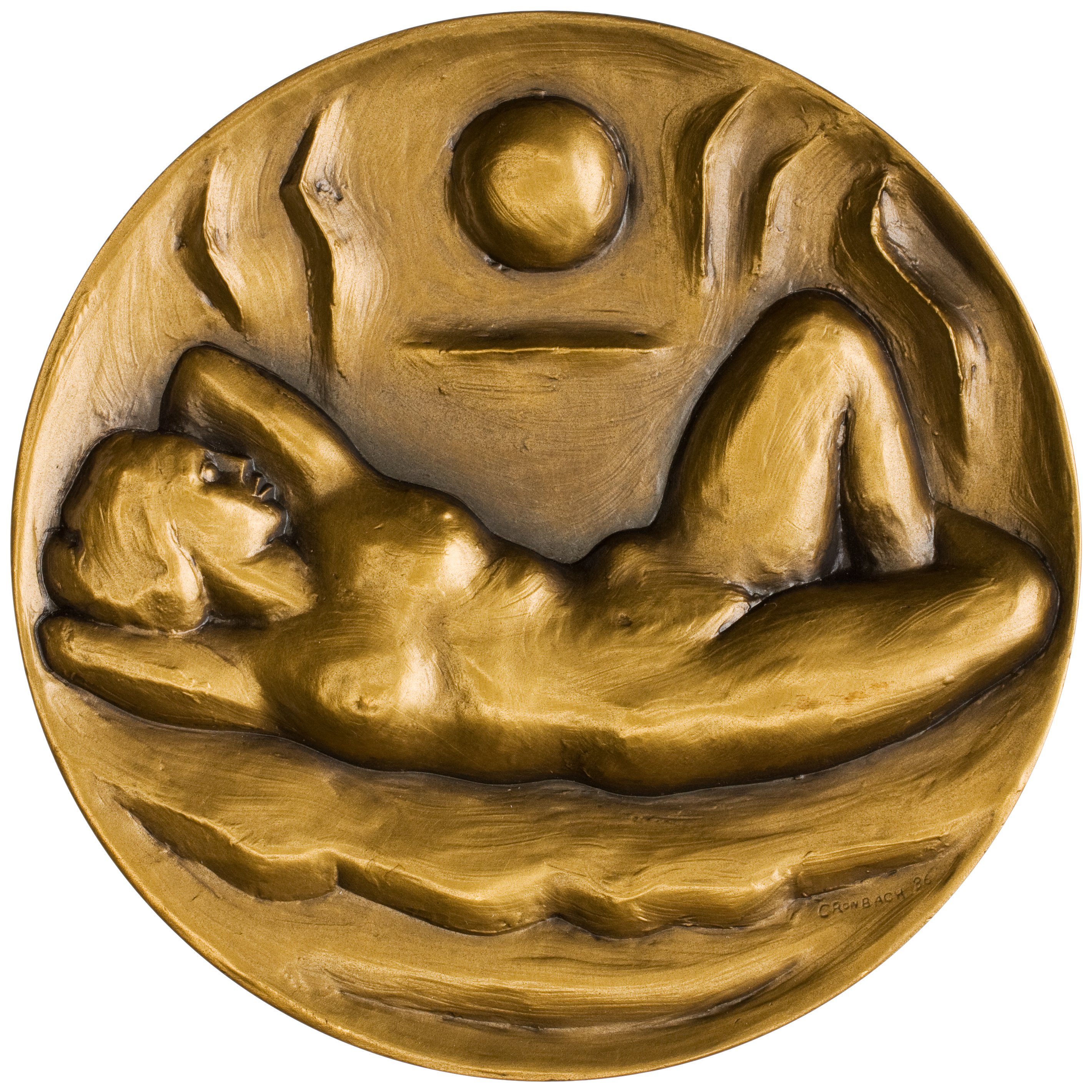
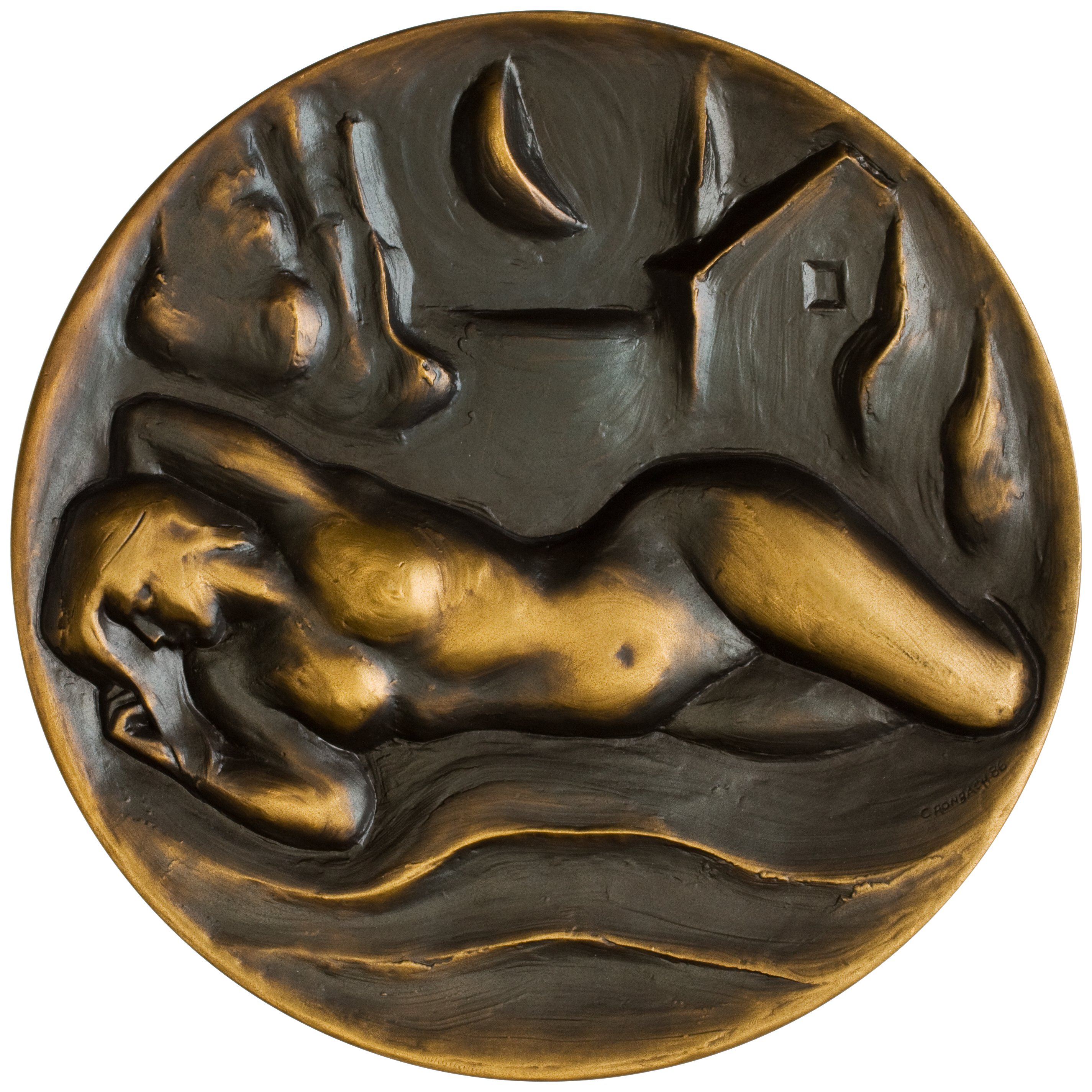
Figure 2. Sunrise and Moonrise, Robert Cronbach (1987, SOM #116). The obverse and reverse of this medal are clearly in conversation with one another, with each design showing the two halves of a day, and the light and dark patinas expertly relaying intense and subtle light cast by the sun and moon, respectively. ANS 1988.69.1.
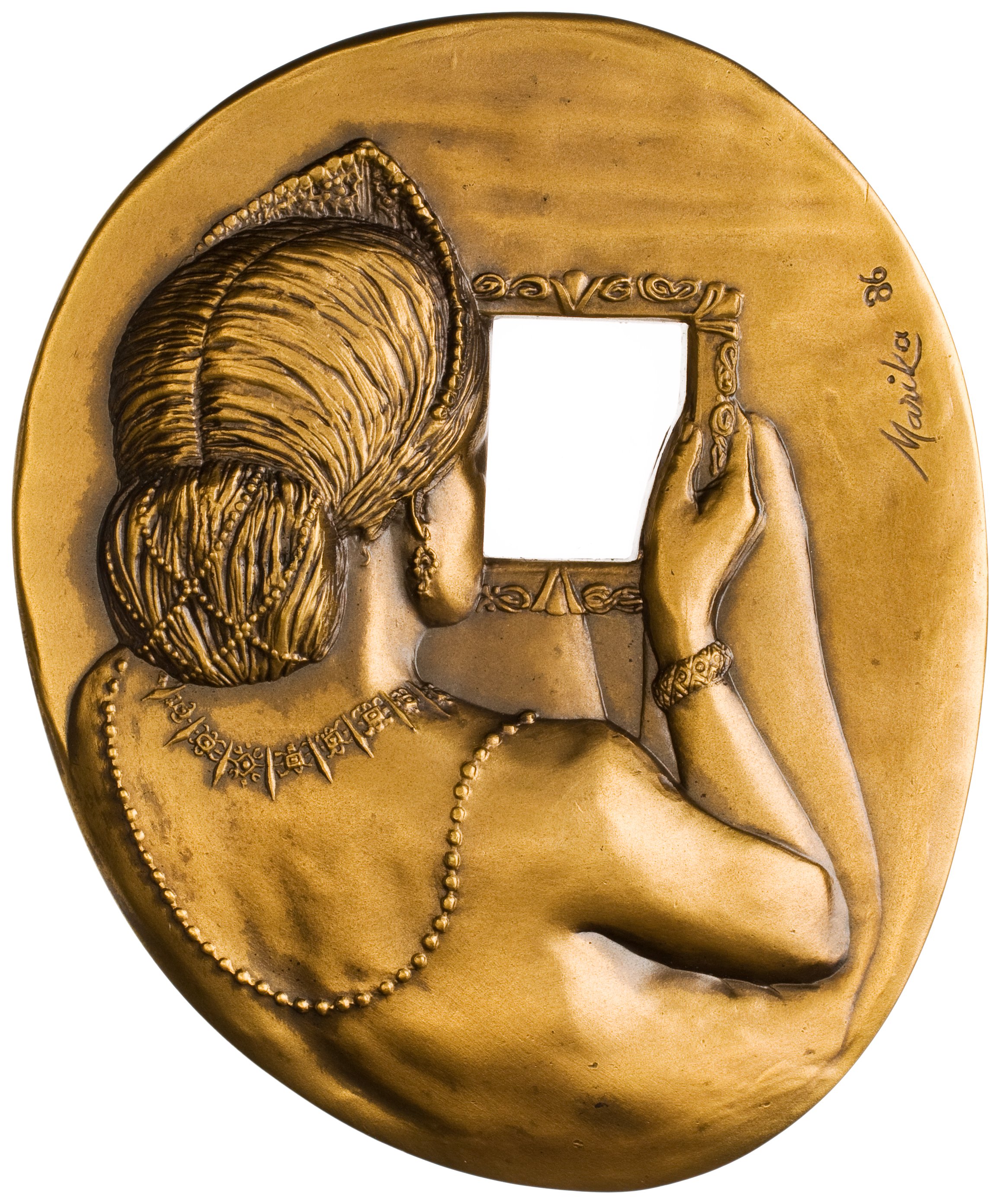

Figure 3. Vanitas, Marika Somogyi (1986, SOM #113). With the irregular square hole in the middle, the artist was able to allow for the two sides to interact with one another. Along these lines, Somogyi wrote, “I found the form of the medal, with its two sides, to be an ideal medium for exploring this theme, ‘What is on the other side?’” ANS 1987.71.1.
In the medallic arts, however, the obverse and reverse are sometimes a little more difficult to disambiguate. While the obverse and reverse of an award medal may be easy to distinguish—displaying the design of an event or association on the obverse and a blank space to engrave the recipient’s name on the reverse—a commemorative medal might contain grandiose designs or busts of individuals on both sides, making them indistinguishable from one another. This is especially true in art medals, where an artist has no set boundaries and is able to break from tradition. Without those clearly defined qualities that a coin has, the inherent sides of a medal can become blurred. Sometimes the front becomes the back and the back becomes the front (Fig. 2).
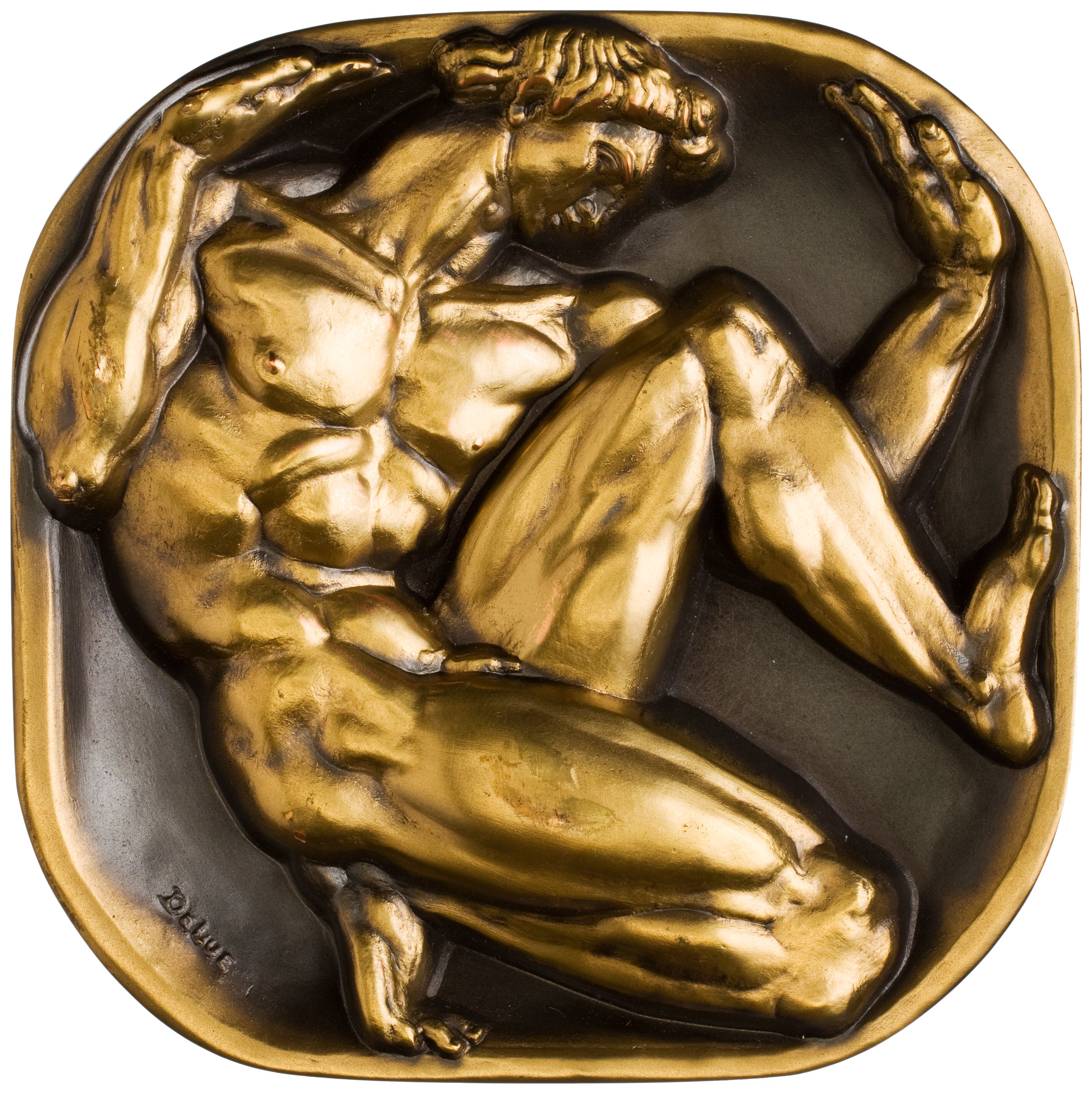
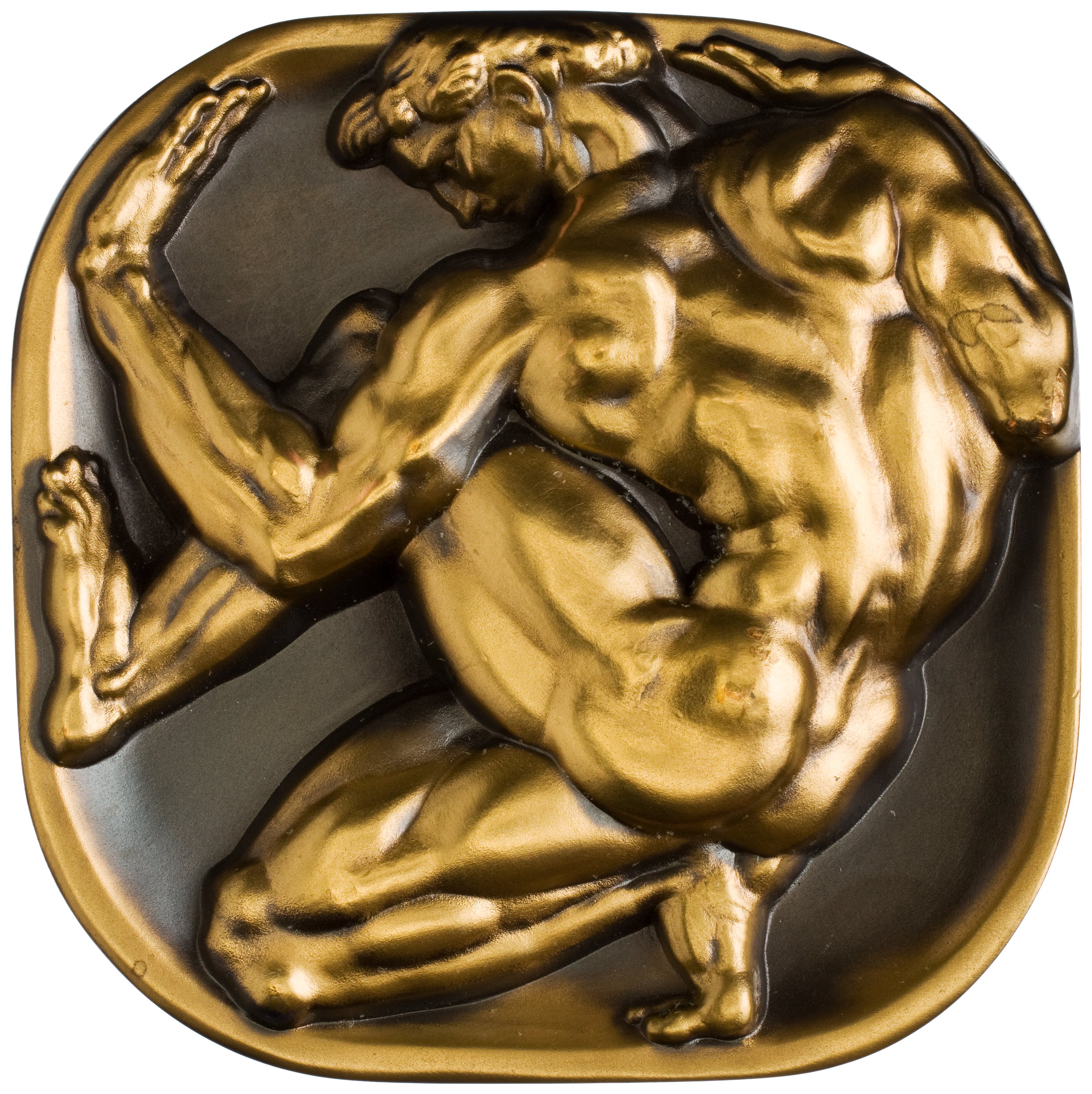
Figure 4. Bursting the Bounds, Donald De Lue (1985, SOM #111). While the obverse and reverse of this medal “naturally” seem to align with the front and back of the man portrayed, this medal is nearly as representative of a sculpture-in-the-round as it is a bas relief, thus leaving a viewer with a sense of dimensionality greater than simply two-sided. ANS 1986.52.1.
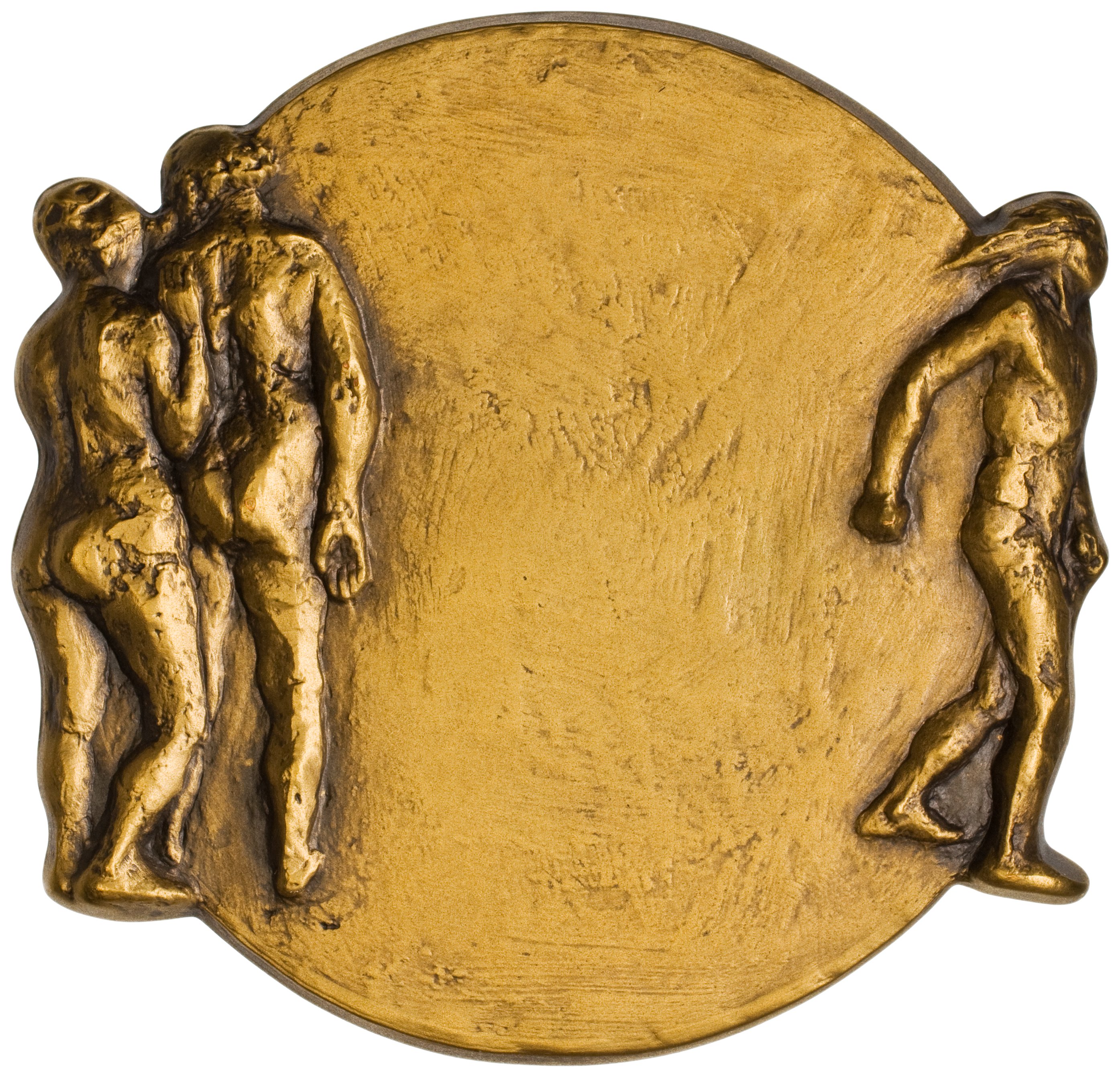
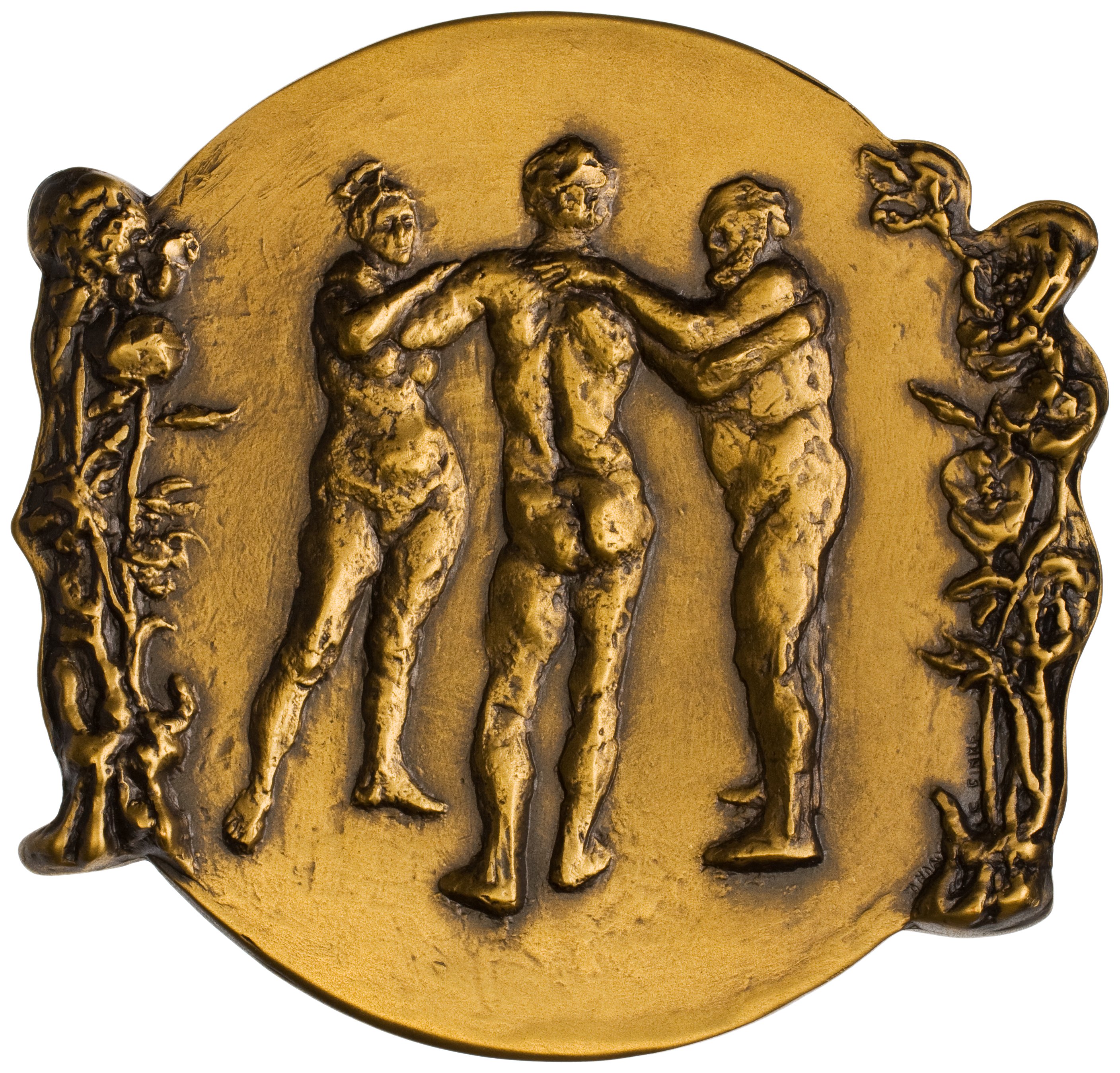
Figure 5. The Prodigal Son, Leonda Finke (1988, SOM #117). The designs for this medal violate the borders of tradition by expanding beyond the central rim. Where the human figures end on one side become a set of peonies on the other. ANS 1990.38.2.
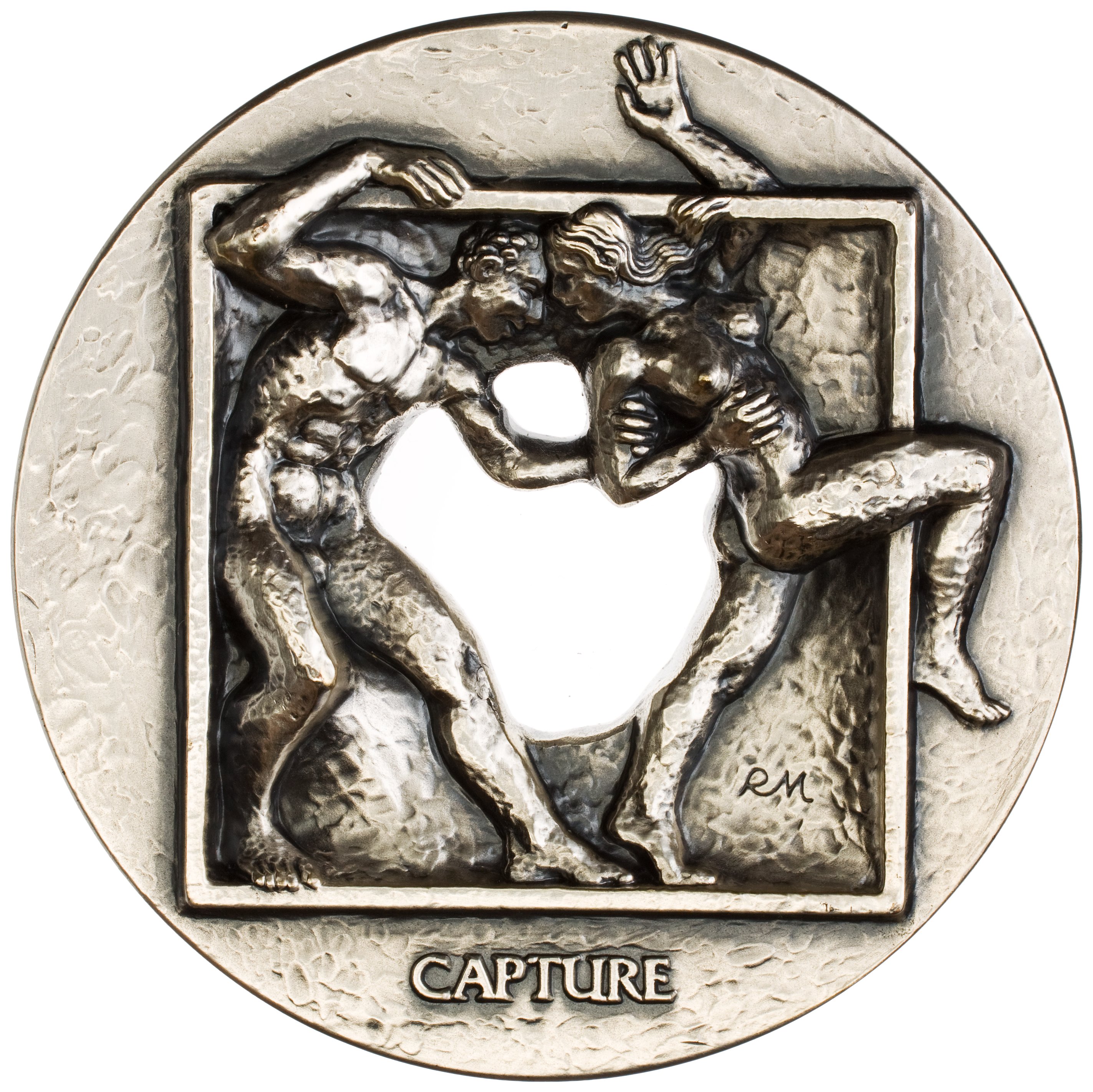
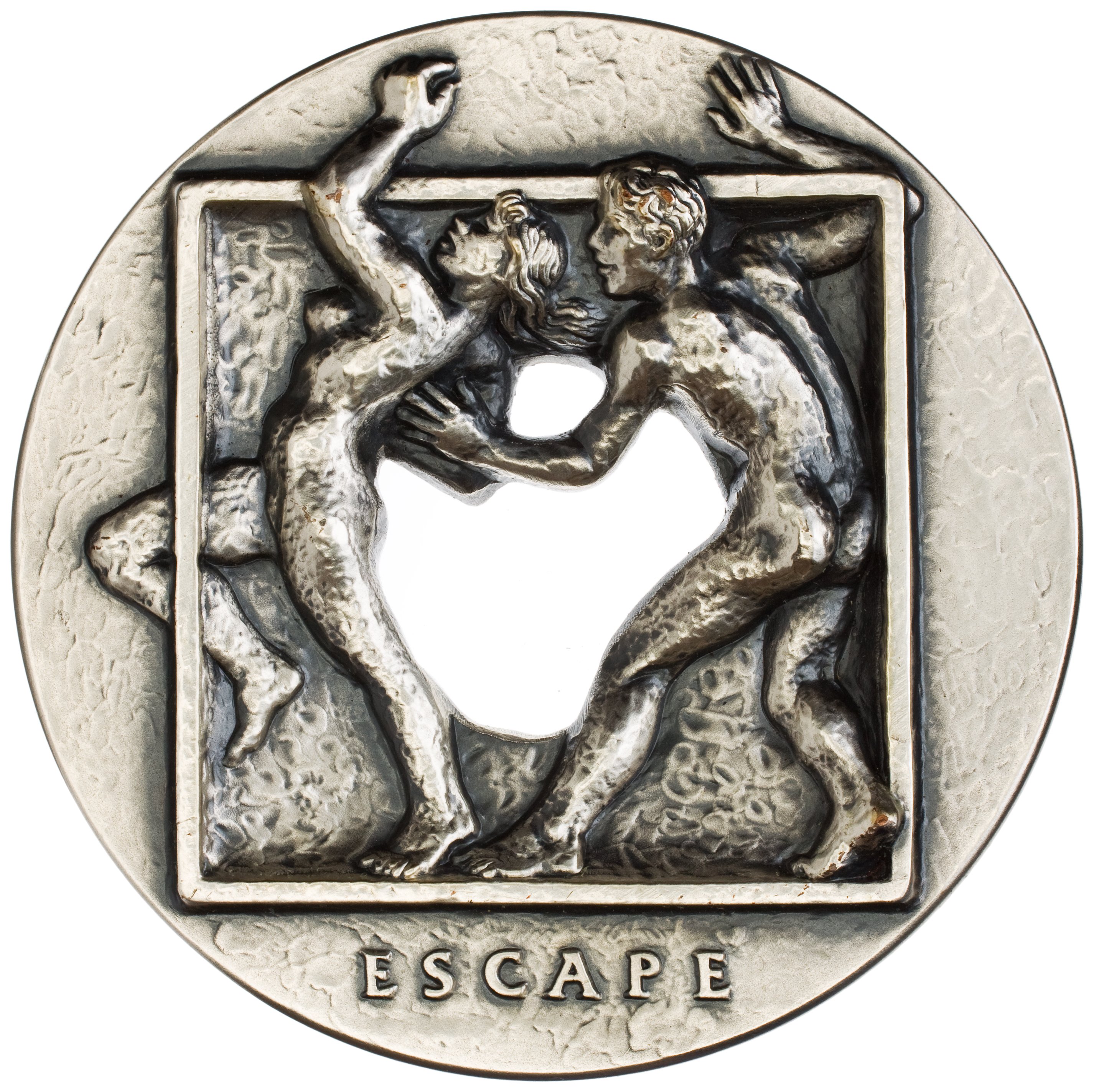
Figure 6. Escape and Capture, Richard McDermott Miller (1985, SOM #112). Inspired by the square-framed sculptural metopes of Doric Greek architecture, this piece—like Bursting the Bounds, above—also exhibits its subjects in-the-round (albeit with some differences between the two sides). About this piece, Miller stated, “I wanted to create a feeling of openness because ‘metope’ literally translates as ‘space between.’ That is why I have cut actual opening through the medal. They let each side flow into the other. Obverse and reverse connect in the center.” ANS 0000.999.30239.

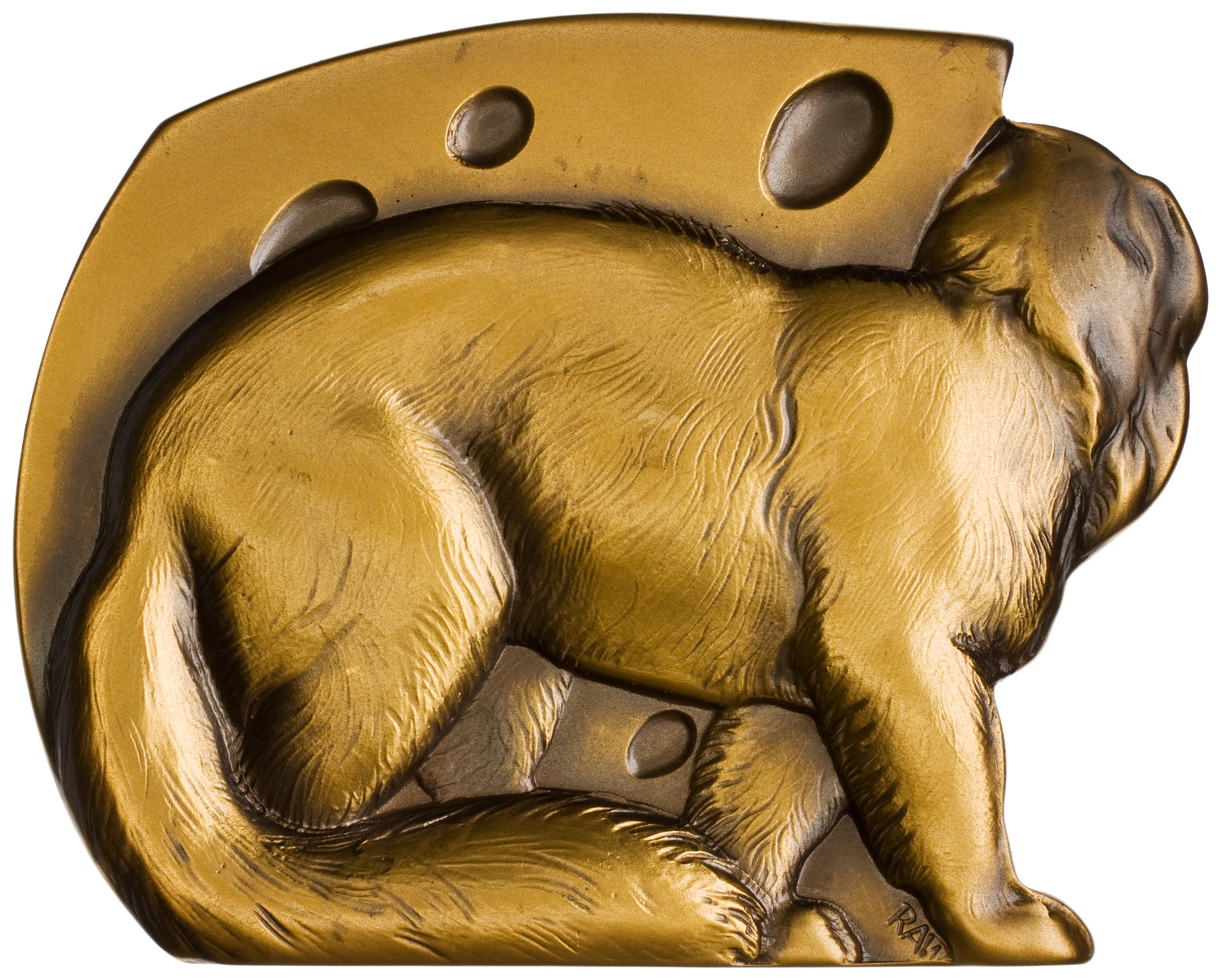
Figure 7. Cat and Mouse, Robert A. Weinman (1987, SOM #115). Amongst the most-famous of the SOM medals, Cat and Mouse not only defies the concept of obverse and reverse, but also the concept of a medal. While the two sides converge into a sculpture-in-the round, the piece actually stands on its own asking, as Weinman himself put it, “Is it a medal? Is it a small sculpture?” ANS 1987.159.1.
The obverse and reverse of an art medal can even converge with one another—amalgamate in a way that completely negates the role that an obverse and reverse traditionally have. Somebody holding a medal might have to turn it over and over again in order to “read” it, to understand not only what each side represents but what the medal as a whole is trying to communicate. Several examples of this exist in the Society of Medalists (SOM) series, issued by the Medallic Art Co. (MACO) from 1930 through 1995. Each year, the SOM commissioned two artists to each produce an art medal. The result is a catalogue that traces the progression of medallic arts through the majority of the twentieth century, often with sculptors producing their piece while at the top of their game. Artists often used their design in the Society of Medalists as an opportunity to converge the obverse and reverse of a medal, to allow the two to tell a story with one another, and force the design of one side to transpire only with the existence of the other—a seemingly very popular motif in the second-half of the 1980s. The following medals blur these lines, converge the obverse and reverse, and create a singular work of art where the two sides are at play with one another—interacting rather than simply conversing (Figs. 3–7).


